Which side of polycarb has UV coating?
domeman
17 years ago
Featured Answer
Comments (36)
gardenerwantabe
17 years agobirdwidow
17 years agoRelated Professionals
Accokeek Landscape Architects & Landscape Designers · Saint Louis Park Landscape Architects & Landscape Designers · Garden City Landscape Architects & Landscape Designers · Aurora Landscape Contractors · Hendersonville Landscape Contractors · Kerman Landscape Contractors · McLean Landscape Contractors · North Ridgeville Landscape Contractors · San Rafael Landscape Contractors · Tehachapi Landscape Contractors · Westchester Landscape Contractors · Palos Heights Landscape Contractors · Elmhurst Solar Energy Systems · Orinda Solar Energy Systems · Richmond Solar Energy Systemsdomeman
17 years agochris_in_iowa
17 years agochris_in_iowa
17 years agobirdwidow
17 years agodomeman
17 years agobirdwidow
17 years agomokevinb
17 years agonathanhurst
17 years agodcarch7 d c f l a s h 7 @ y a h o o . c o m
17 years agoesobofh
17 years agodcarch7 d c f l a s h 7 @ y a h o o . c o m
17 years agooakhill (zone 9A, Calif.)
17 years agodcarch7 d c f l a s h 7 @ y a h o o . c o m
17 years agochris_in_iowa
17 years agodomeman
17 years agochris_in_iowa
17 years agomicrolinx
15 years agooakhill (zone 9A, Calif.)
15 years agodcarch7 d c f l a s h 7 @ y a h o o . c o m
15 years agodomeman
15 years agosteve_ct
12 years agorodco
10 years agodagnabit
10 years agosteve333_gw
10 years agobigmrg74
10 years agosteve333_gw
10 years agoiainjlewis
8 years agolast modified: 8 years agoHU-358050986
4 years agoSteven Gruchawka
4 years agoMelinda Aka Santana Bandana
4 years agoHU-515158877
2 years agoKavi Siegel
last yearWilliam
last year
Related Stories
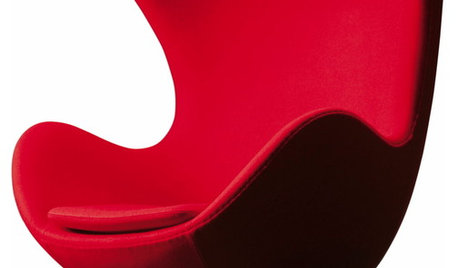
FUN HOUZZHouzz Quiz: Which Midcentury Modern Chair Are You?
Have a seat for a little fun. Better yet, have a seat that has you written all over it
Full Story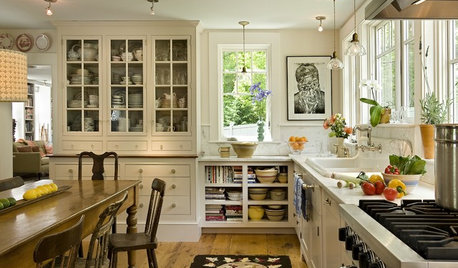
KITCHEN DESIGN12 Great Kitchen Styles — Which One’s for You?
Sometimes you can be surprised by the kitchen style that really calls to you. The proof is in the pictures
Full Story
WOODKnotty and Nice: Highly Textured Wood Has a Modern Revival
Whether it's cedar, fir or pine, if a wood has a knot, it's hot
Full Story
HOUZZ TVHouzz TV: This Dream Midcentury Home in a Forest Even Has Its Own Train
Original wood ceilings, a cool layout and, yes, a quarter-scale train persuaded these homeowners to take a chance on a run-down property
Full Story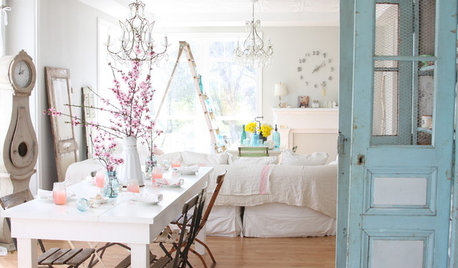
COLORS OF THE YEARPantone Has Spoken: Rosy and Serene Are In for 2016
For the first time, the company chooses two hues as co-colors of the year
Full Story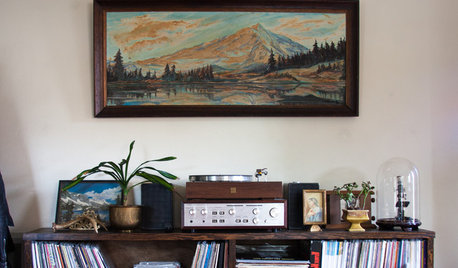
LIFEYou Said It: ‘Each Piece Has a Story’ and More Words From the Week
Whether beating paper to a pulp or hanging glass plates as shed windows, Houzzers showed off amazing ingenuity this week
Full Story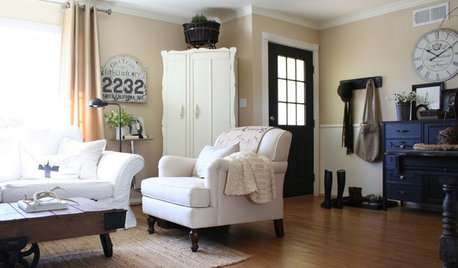
ENTRYWAYSHow to Make the Most of Your Entry (No Coat Closet Required)
A well-designed foyer offers storage, seating and other features to help you get out the door on time and looking good
Full Story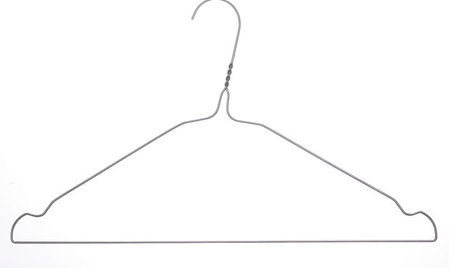
EVENTSWho Invented the Coat Hanger, and Other Household Mysteries Solved
Learn the origins of common household objects, see patent drawings and more in a traveling exhibition
Full Story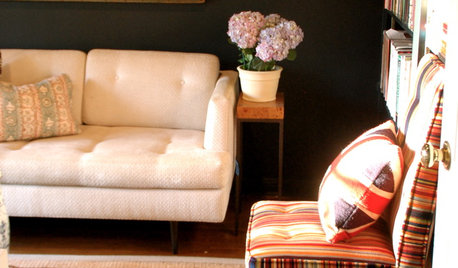
BLACKColor Guide: How to Work With Black
Take a walk on the dark side — your home has nothing to fear with this color when you know how to use it
Full Story
STORAGE15 Ways to Enhance Your Cabinets With Grilles
It looks decorative, but metal mesh on cabinet doors has a practical side too
Full Story





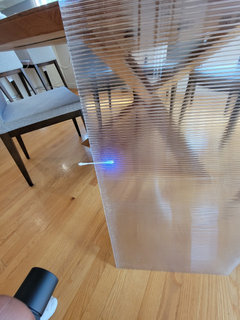


Advance Greenhouses